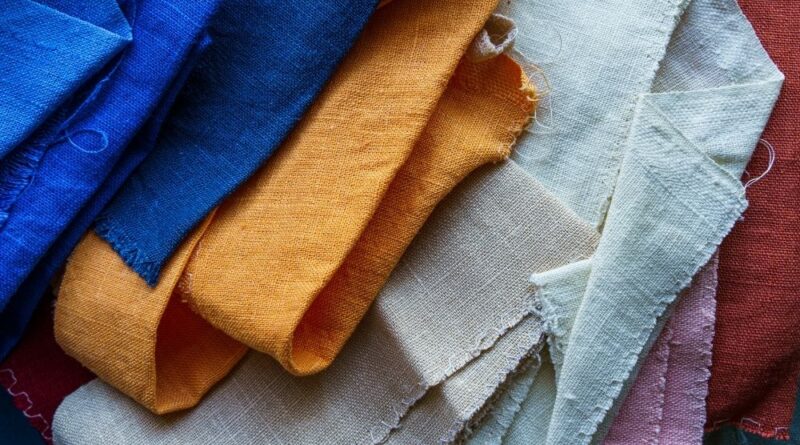How to make clothes out of leftover raw material?
In this day and age, manageability is a higher priority than at any time in recent memory, and the design business is no exception. The production of clothing from discarded raw materials is an innovative strategy for contributing to sustainable fashion. This approach lessens squandering as well as considers remarkable, cheap streetwear clothing customized plans. This is an aid while heading to change extra materials into sleek, wearable pieces of clothing.
Assemble Your Materials
Begin by gathering all your extranatural substances. Some examples include:
Texture Scraps: Bits of texture from past tasks or unused remainders from texture stores.
Old Garments: Articles of clothing that can be reused or upcycled.
Textiles of various kinds: Things like old bed sheets, draperies, or decorative liners.
Evaluate the Ease of Use of Materials
Before you start, assess the condition and convenience of your materials:
Texture Condition: Make sure there are no rips, tears, or stains. Choose if these can be integrated into your plan or should be kept away from.
Size and Shape: Measure the texture scraps to comprehend how they can be sorted out. Bigger parts can act as principal segments, while more modest pieces can be utilized for subtleties or interwoven.
Plan Your Piece of clothing
Plan your plan in light of the materials you have:
Sketch Thoughts: Make drafts of possible designs. This imagines how various pieces can be gathered.
Design Determination: Pick or make designs that can oblige different shapes and sizes of texture. Interwoven plans, for example, are entirely versatile.
Coordination of Colors: To achieve a harmonious design, arrange your materials in accordance with color and pattern.
Set up Your Materials
Legitimate planning is critical to effective sewing:
Washing: Wash all materials to guarantee they are perfect and pre-contracted.
Ironing: Iron the textures to eliminate any kinks, making them more straightforward to work with.
Cutting: Cut the texture into shapes according to your plan. Utilize a revolving shaper for accuracy and think about making layouts for dreary pieces.
Sewing the Article of clothing
Presently, now is the ideal time to rejuvenate your plan:
Collect the Pieces: Spread out the entirety of your slice pieces as per your plan. Pin them together to actually take a look at the fit and look.
Sewing Strategies: Make use of the appropriate sewing methods for various fabrics. Use a fine needle for delicate materials and a sturdy needle for thicker ones.
Creases and Wraps up: Pay close attention to finishes and seams. French creases or serged edges can give an expert look and add strength.
Consolidate Subtleties and Embellishments
Add extraordinary contacts to make your article of clothing stick out:
Embroidery: Embellishment by hand or machine can add a personal touch.
Appliqué: Use texture scraps to make appliqués and sew them onto your article of clothing.
Trims and Extras: Add buttons, sleeveless pocket t-shirts, zippers, trim, or strips to upgrade the plan.
Fit and Change
In the wake of sewing, guarantee your article of clothing fits well:
Try On: Wear the piece of clothing to actually take a look at the fit. Make any fundamental changes in accordance with guaranteed solace and style.
Alterations: Take in creases, change trims, or add darts depending on the situation for an ideal fit.
Feature Your Creation
When your article of clothing is finished, it’s a chance to exhibit your supportable style:
Photography: Take great photographs of your creation to share via virtual entertainment or an individual blog.
Style: Match your new article of clothing with reciprocal extras and other closet parts to feature its uniqueness.
Share Your Cycle: Share the story behind your creation, stressing the manageable practices you followed.
End
Making clothes from extra natural substances is a rewarding method for embracing practical style. By following these means, you can change unused textures and old articles of clothing into exceptional, classy pieces that diminish squandering as well as express your imagination. Each piece you make adds to your closet as well as recounts an account of maintainability and development.

